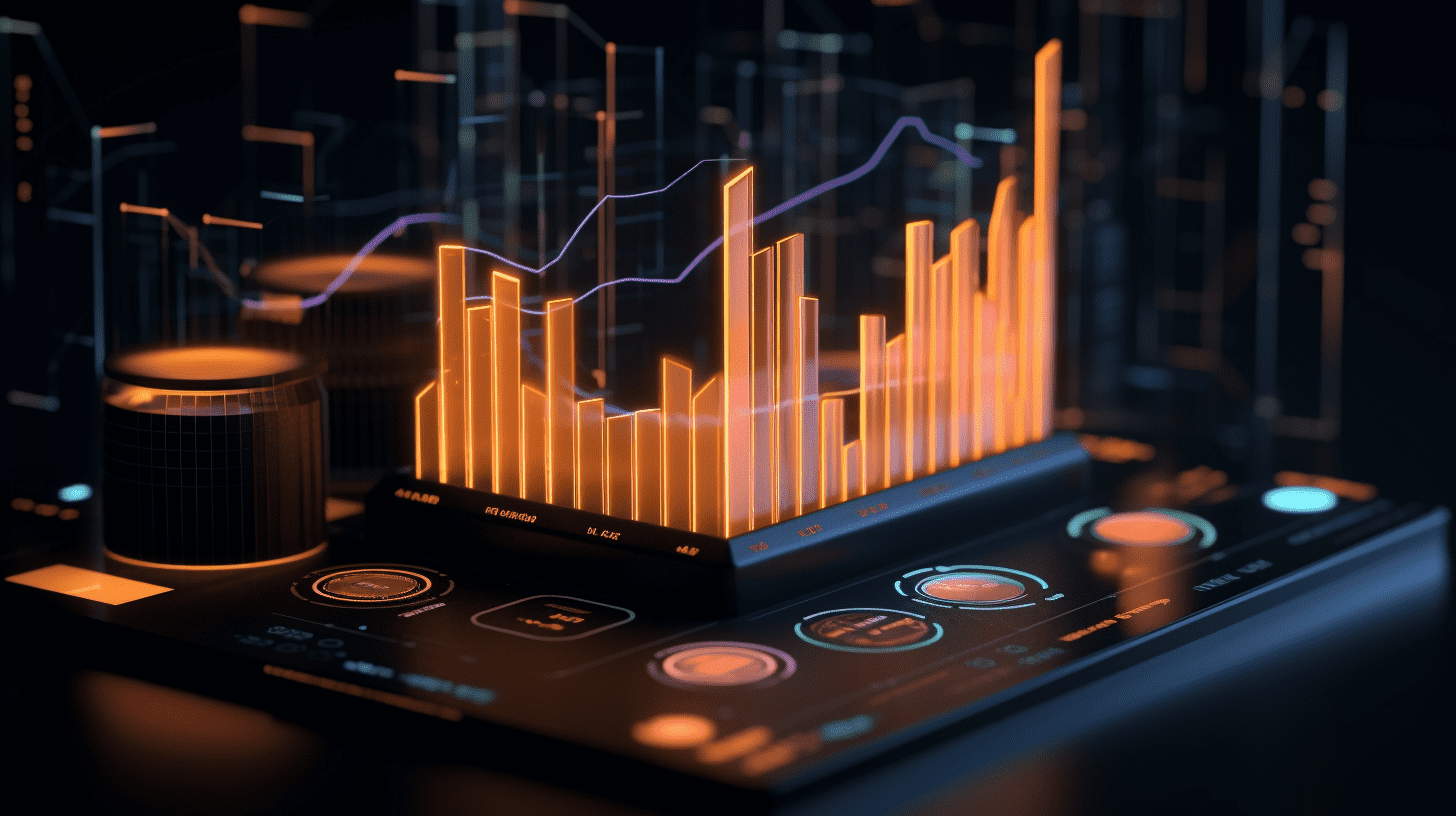American consumer confidence has risen for the second consecutive month, but the overall optimism level remains at a historical low.
In July, consumer confidence in the United States rose for the second consecutive month.
In July, the consumer confidence in the United States rose for the second consecutive month, but the overall optimism remains at a historically low level. The Consumer Confidence Index released by the University of Michigan increased by 1.6% (1.0 point) to 61.7, reaching the highest level since February of this year. However, the index is still down by 7.1% compared to the same period last year (a decrease of 4.7 points), reflecting the continued pessimism of American consumers about the economic outlook.
The University of Michigan Consumer Confidence Index is a monthly survey report released by the University of Michigan, measuring American consumers' confidence in the economy, personal financial situation, business environment, and willingness to consume. The survey is released twice a month, with preliminary values in the middle of the month and final values at the end of the month.
Joanne Hsu, the project director of the survey, pointed out that although consumer sentiment in July has rebounded, the increase is limited, with the overall index only increasing by 1 point compared to June. The Current Economic Conditions Index (CECI) rose by nearly 5% to 68.0, the highest level since January of this year, showing improvement for the second consecutive month; while the Consumer Expectations Index (CEI) slightly decreased to 57.7, the first decline since April.
Hsu added that the increase in confidence among stock market investors this month partially offset the decline in confidence among non-stock market investors. It is worth noting that regardless of political affiliation (Republican, Democrat, or Independent), confidence levels have seen a slight increase. However, overall, consumers still lack confidence in the direction of the U.S. economy, although some concerns have eased compared to the low point in April.
From a historical perspective, the current index of 61.7 is much lower than the levels seen during previous economic downturns. Data shows that since 1978, the average value of the University of Michigan Consumer Confidence Index is 84.4, and the current reading is 26.9% and 25.9% lower than these two averages, respectively. In the 571-month data history, the current 61.7 is only in the 6th percentile, highlighting the low level of current confidence.
The University of Michigan Consumer Confidence Index typically has some volatility, with an average monthly change of 3.1 points. The 1.0 point change this month is considered moderate. Data shows a correlation between this index and the actual U.S. GDP, with the three-month moving average trend being largely consistent with the economic fundamentals.
It is worth mentioning that the survey also analyzes consumer sentiment based on party affiliation. Data shows that consumer confidence during the terms of both Republican and Democratic administrations has fluctuated positively and negatively, indicating that emotional changes are more related to economic conditions rather than solely due to a single political party factor.
In terms of composition, the Current Economic Conditions Index (CECI) for July recorded 68.0, an increase of 4.9% from the previous month, an increase of 8.5% compared to the same period last year, and better than the market's expected 66.8. In comparison, the Consumer Expectations Index (CEI) was 57.7, a decrease of 0.7% from June, a decrease of 16.1% compared to the same period last year, and lower than the expected 58.6.
Regarding inflation expectations, consumers' expectations for inflation over the next year have decreased for the second consecutive month, from 5.0% in June to 4.5%, the lowest value since February of this year; however, still higher than the levels after the December elections last year. Long-term inflation expectations have also decreased for the third consecutive month, from 4.0% in June to 3.4%, the lowest since January of this year, although still relatively high compared to the end of last year.
In addition to the University of Michigan index, another widely watched consumer confidence indicator, the Consumer Confidence Index released by the Conference Board, provides another perspective on consumer psychology. This index focuses more on employment and labor market performance, different from the University of Michigan index which looks at household finances and inflation expectations. Although more volatile, the long-term trends of both indicators remain largely consistent.
Overall, although consumer confidence in the United States in July showed a slight increase, influenced by inflation pressure, economic uncertainty, and other factors, the overall confidence level remains below historical averages, reflecting the continued fragility of consumer confidence in the economic recovery. In the coming months, if macroeconomic conditions and inflation do not significantly improve, consumer buying power may still face pressure.
Related Articles

Dollar faces crisis of confidence! Wall Street strategist says its long-term trend is weak.

Up to 250%! Trump said he will announce tariffs on chip and drug imports in "about a week" in the future.

The US Department of the Treasury increases short-term government bond issuance, stabilizing demand for stablecoins as a new emerging buying force.
Dollar faces crisis of confidence! Wall Street strategist says its long-term trend is weak.

Up to 250%! Trump said he will announce tariffs on chip and drug imports in "about a week" in the future.

The US Department of the Treasury increases short-term government bond issuance, stabilizing demand for stablecoins as a new emerging buying force.

RECOMMEND

EU Defers Two Retaliatory Measures Against U.S. Tariffs by Six Months to Facilitate Trade Negotiations
05/08/2025

July Special Bond Issuance Reaches Year-to-Date Peak, Poised to Reinforce Infrastructure Investment
05/08/2025

Inbound Tourism Accelerates as China’s Travel Service Exports Jump Nearly 70% in H1
05/08/2025


